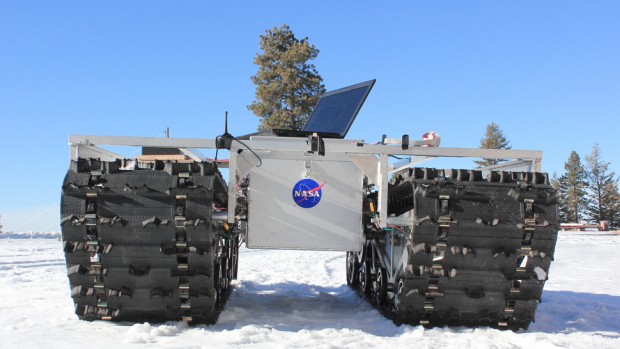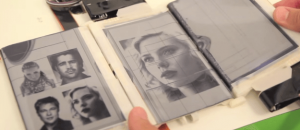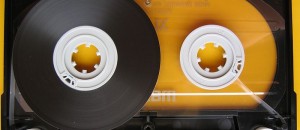Due to the effects of global warming, Greenland’s ice sheet is melting at a fairly rapid pace and researchers have turned to the help of a student designed, solar powered rover in order to assist them in surveying the damage done.
The device which is called the GROVER (Greenland Rover and/or Goddard Remotely Operated Vehicle) came about as a result of a student project at NASA run summer engineering camps. It may not look that way from the photo but this rover is about 6 feet tall if you account for the soar panels. The panels are oriented in such a way as to collect sunlight from all directions including that reflected from the snow therefore maximizing the amount of sunlight it can utilize to charge its batteries . GROVER collects data through the use of a ground-penetrating radar system which is powered and transmits this data wirelessly to researchers.
Researches initially hoped to be able to operate the vehicle 24/7 since the sun never sets during the summer in arctic regions, meaning that the device should have theoretically been able to continuously receive charge to it’s batteries from the solar panels. However, due to the unforgiving conditions, only 12 hours per day on average was achieved — still quite impressive if I must say.
GROVER is now safely back at the NASA base camp in Greenland after successfully collecting important data on the ice layers — even detecting and measuring a newly formed one. Upgrades have already begun on GROVER with the intention of making it better able to endure harsh arctic conditions. There are even talks of creating smaller drones which could work in conjunction with the current vehicle.
[via Gizmodo]

 Email article
Email article




